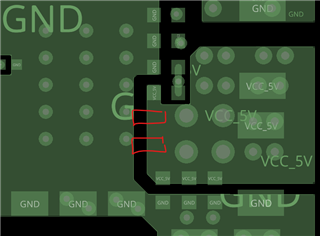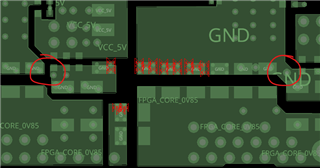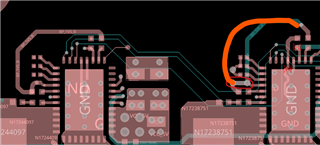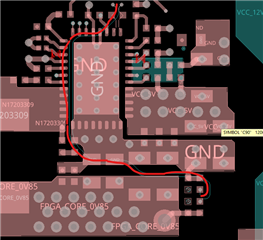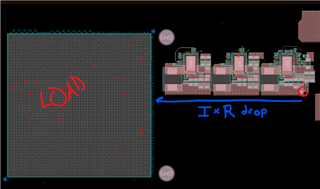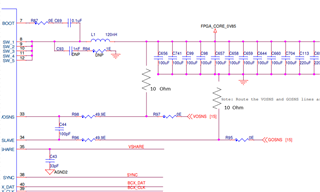iW-EMEW7-BF-01-R1_0-REL1_0-21-09-23-1424-regulators.brd
Hi Team,
I am using TPS546D24ARVFR for Vout=0.85V and Iout=120A current requirement in x3 stacked configuration. I have attached the layout design and schematics. Please review the layout and provide your feedbacks.7774.TPS543B20RVFT.pdf


